Researchers design new 3D carbon monolith with 5-7 nanoribbons as anode material for sodium-ion batteries
Green Car Congress
SEPTEMBER 11, 2023
A research team led by a group from Peking University has designed a new 3D carbon monolith, Hex-C 57 , using 5–7 nanoribbons as the building block, for use asan anode material for sodium-ion batteries.A paper on their work appears in the Journal of Power Sources. —Sun et al. mAhg −1 ) and volumetric capacity (314.61



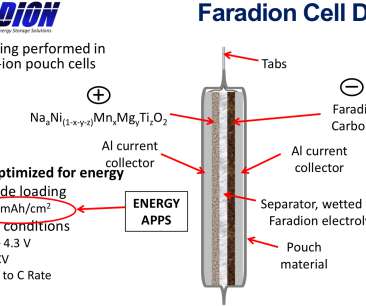
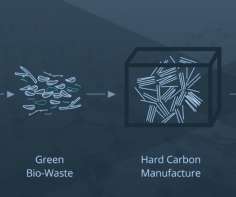



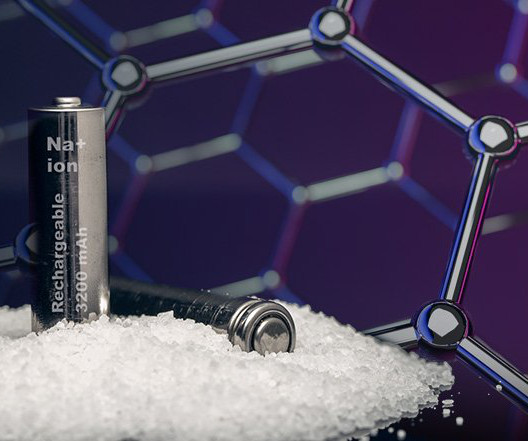
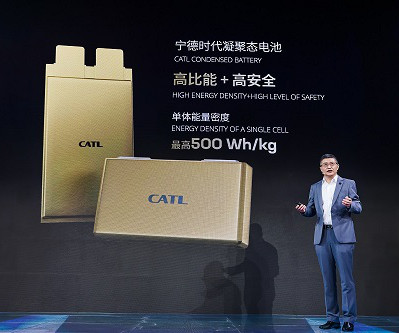


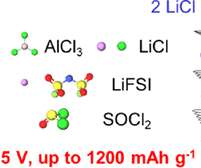

















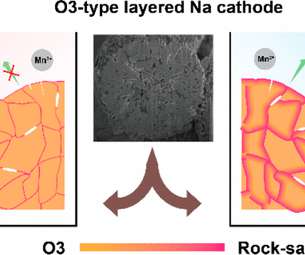









Let's personalize your content